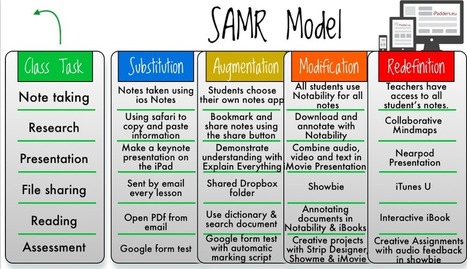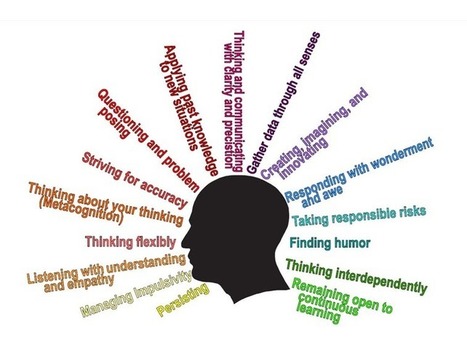Research and publish the best content.
Get Started for FREE
Sign up with Facebook Sign up with X
I don't have a Facebook or a X account
Already have an account: Login
Tech tools that assist all students to be independent learners & teachers to become better teachers
Curated by
Beth Dichter
 Your new post is loading... Your new post is loading...
 Your new post is loading... Your new post is loading...

Mina Valai's curator insight,
September 15, 2014 2:54 PM
6 easy steps to follow when designing a new class.

Soha Fallata's curator insight,
October 27, 2014 6:47 PM
The term Technology integration covers so many things thus literature on it is difficult to find depending on what tools are used etc |
Catherine Bellino's curator insight,
January 30, 2014 12:24 AM
Effective, efficient, appealing... cela ressemble aux paramètres de l'utilisabilité ! Ce qui confirme l'intérêt d'une démarche "d'ergonomie pédagogique".

Ante Lauc's comment,
June 5, 2013 4:06 AM
Did you ask a good question? How many parents motivate their children with this question?

Daniel Jimenez Zulic's curator insight,
May 23, 2013 11:22 PM
Habitos mentales para el aprendizaje basado en problemas. cuando no conocemos la solucion ¿cuales son los habitos que nos hacen alcanzar el exito en la tarea? |




















Techiniques to Help Take an Online Class....
A number of good tips that are useful for any online course.